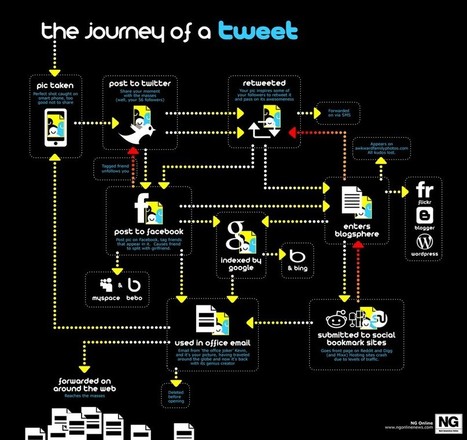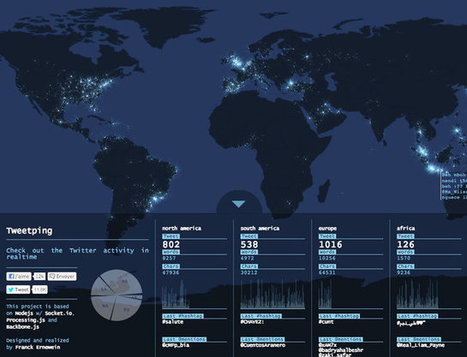This piece was written by Megan Garber for The Atlantic
A study based on 43,000 responses to Tweets found precisely what people like and loathe about microblog posts.
Here are some of the findings:
**Twitter, as a communications platform, has evolved beyond nascent Twitter's charmingly mundane updates ("cleaning my apartment"; "hungry") and into something more crowd-conscious and curatorial.
**Though Twitter won't necessarily replace traditional news, it increasingly functions as a real-time newswire, disseminating and amplifying information gathered from the world and the web.
**At the same time, though, being social, it functions as a source of entertainment. Which means that we have increasingly high -- and increasingly normalized -- expectations for Twitter as both a place and a platform.
**We want it to enlighten us, but we also want it to amuse us.
In that context, tweets that are informative or funny -- or, ideally, informative and funny -- evoke the best responses.
**Tweets that contain stale information, repeat conventional wisdom, offer uselessly de-contextual news, or extoll the virtues of the awesome salad I had for lunch today don't, ultimately, do much to justify themselves.
So: Do be useful. Do be novel. Do be compelling. Do not, under any circumstances, be boring.
This is what caught my attention:
****Contribute to the story: To keep people interested, add an opinion, a pertinent fact or otherwise add to the conversation before hitting "send" on a retweet.
Takeaway:
"The Twitter ecosystem values learning about new content," the study notes -- so new info, it seems, is new info, regardless of who provides it.
**Sharing your own work conveys excitement about that work -- which means that self-promotion, rather than being a Twitter turn-off, can actually be an added value.
Curated by Jan Gordon covering " Content Curation, Social Business and Beyond"
Read full article here: [http://ht.ly/8OrS8]
Via
janlgordon



 Your new post is loading...
Your new post is loading...




![What’s the #1 thing people are doing online? [Infographic] | Design, Science and Technology | Scoop.it](https://img.scoop.it/d4I87RwzuPq08QDbxCAHnDl72eJkfbmt4t8yenImKBVvK0kTmF0xjctABnaLJIm9)








Look closely...where do your tweets go in your 'professional circles'?
Always wondered what the .....